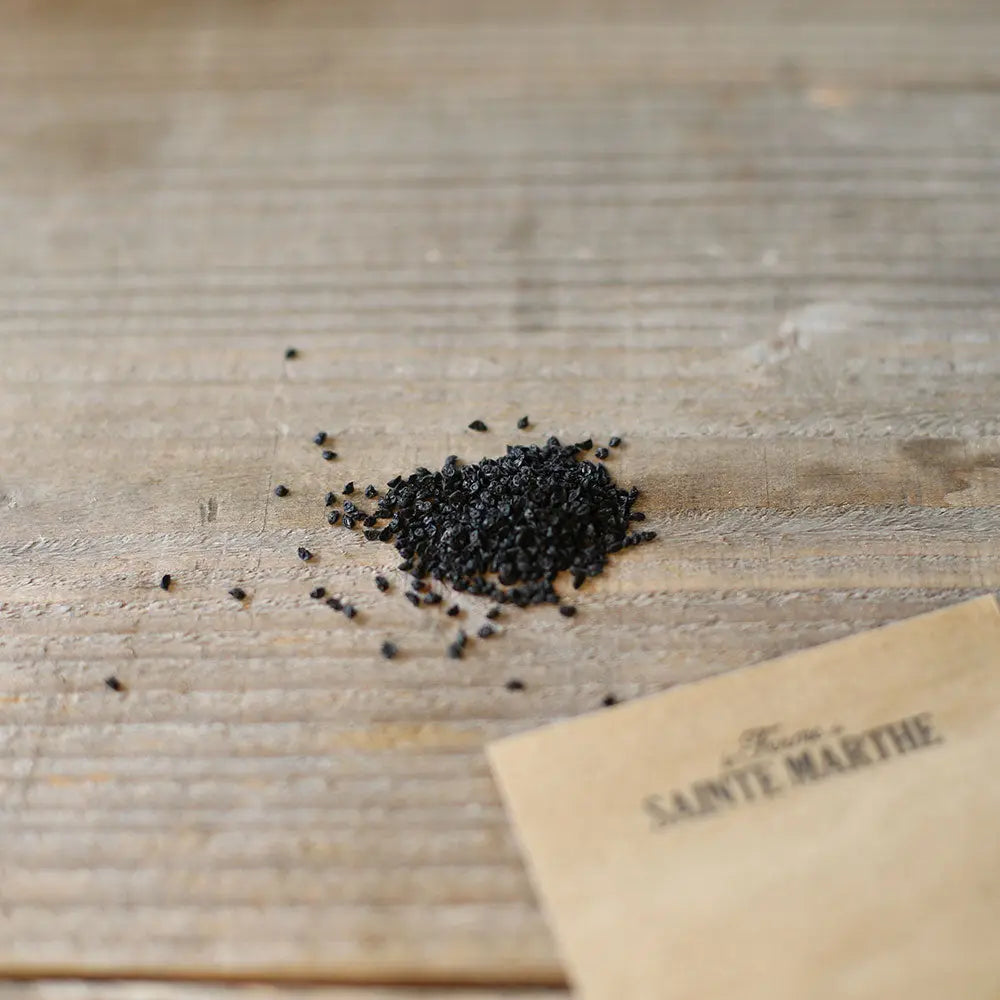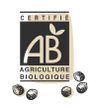MONSTEROUS LEEK FROM ELBEUF AB
Allium porrum
The Monstrueux d'Elbeuf leek is an early and particularly generous variety, ideal for a bountiful harvest in late summer and early autumn. It is renowned for its many virtues, including its digestive and antiseptic benefits, and for its richness in vitamins and minerals such as copper, iron, and phosphorus. This leek can be eaten in a variety of preparations: cooked, in vinaigrette, au gratin, in pies, in soups, and stews.
How to successfully sow the Elbeuf Monstrous Leek
Sowing under cover: from January to March.
Sowing in open ground: In March, it is advisable to loosen the soil with a broadfork, then sow in furrows about 1 cm deep, spaced at least 5 cm apart. Place 1 seed every centimeter, cover with potting soil, firm down lightly and water. It is essential to keep the soil moist for about 3 weeks until the leeks emerge.
Transplanting: Once the young leeks reach the diameter of a pencil, around May/June, they can be transplanted into the ground.
Planting leeks
When transplanting, trim the roots and leaves of the leeks, leaving only a third of their length. This stimulates the production of new roots and limits water evaporation from the leaves. Soak the roots in a mixture of water and soil before transplanting.
Replant the young leeks in fresh, rich, well-fertilized soil, spaced 15 cm apart along the row, with 35 cm between each row. Plant them to a depth of 10-15 cm, then earth them up after a few weeks of growth. Water frequently with a light spray to prevent pests and use mulch to maintain moisture.
Good associations
Growing leeks between rows of carrots is particularly effective. Their association is beneficial: the smell of leeks repels carrot flies, while the presence of carrots helps repel leek moths.
Harvesting leeks
Leeks can be harvested from the end of August, as soon as they have reached a sufficient size.
The enemies
The Elbeuf Monstrous Leek can be attacked by moths or leek miners. To prevent these attacks, it is recommended to use an insect repellent fleece or pheromones to control the leek worm.









